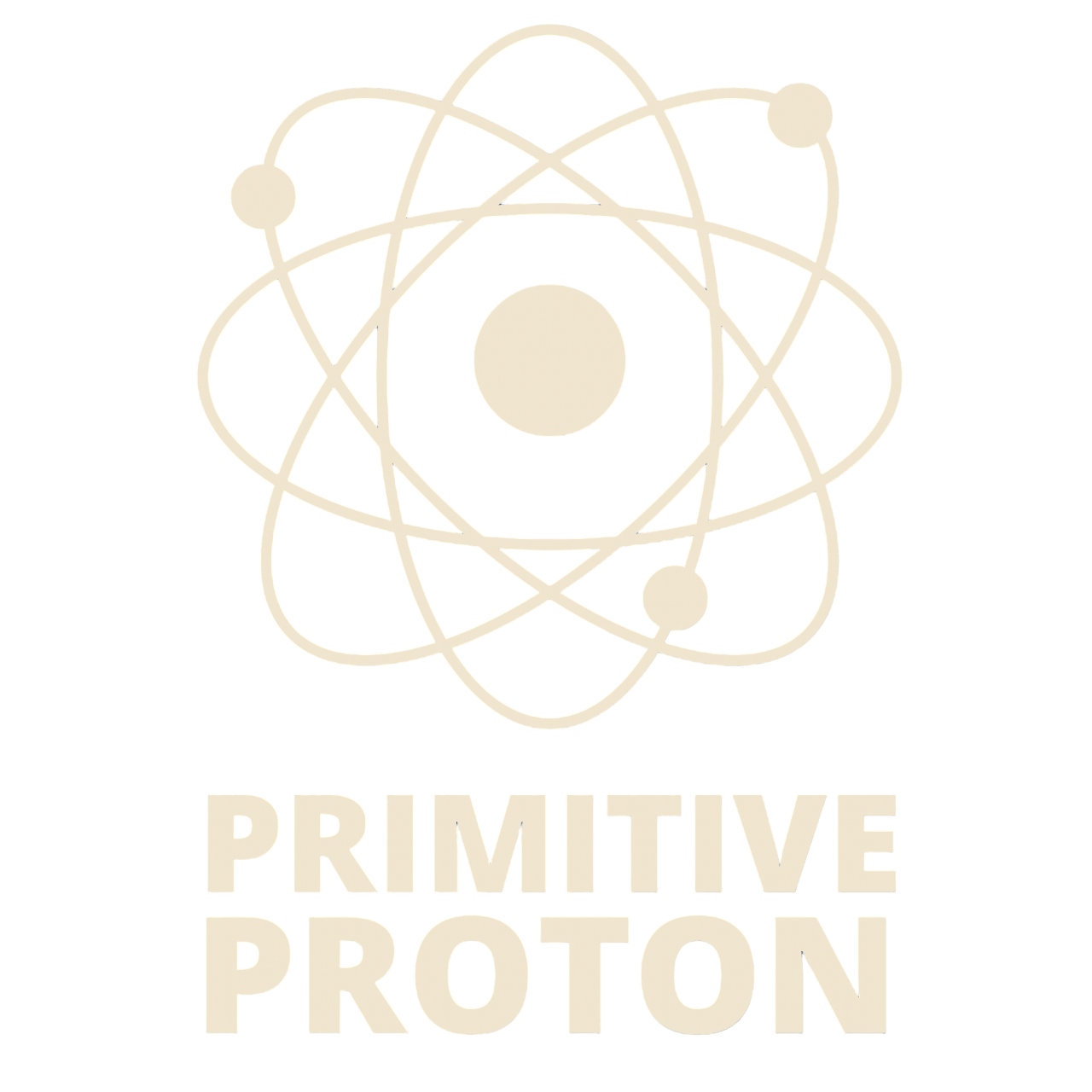Origin of Earth – The Nebular Hypothesis
My name is Earth. I am the third planet from the Sun. Lying in its ‘Goldilocks Zone’, I am the only planet in the Solar System and perhaps in the Universe with the right conditions to support life. I am home to a breathtaking diversity of life forms along with a broad spectrum of ecosystems – from freezing tundras, lush rainforests, fearsome and equally serene oceans, to parched deserts. My story is incredible, fascinating, and engaging in its way, a story through time and space.

I had an amazing birth, at least in the cosmic sense. I was born along with the Solar System around 4.6 billion years ago. The Solar System formed from a huge cloud of interstellar gas and dust (known as a nebula) – according to Nebular Hypothesis, the most accepted theory among scientists.
In accordance with the law of the conservation of angular momentum, the nebula began to spin. Everything around it, over time, started to collapse under its own gravity. Eventually, a protostar emerged in the center as gravity dominated the region.The remaining material began to swirl around the protostar, forming a flat disk-shaped structure around it. This disk is known as a protoplanetary disk along which planets are born. The disk was very hot near the center, and the protostar gradually formed a star, the Sun.
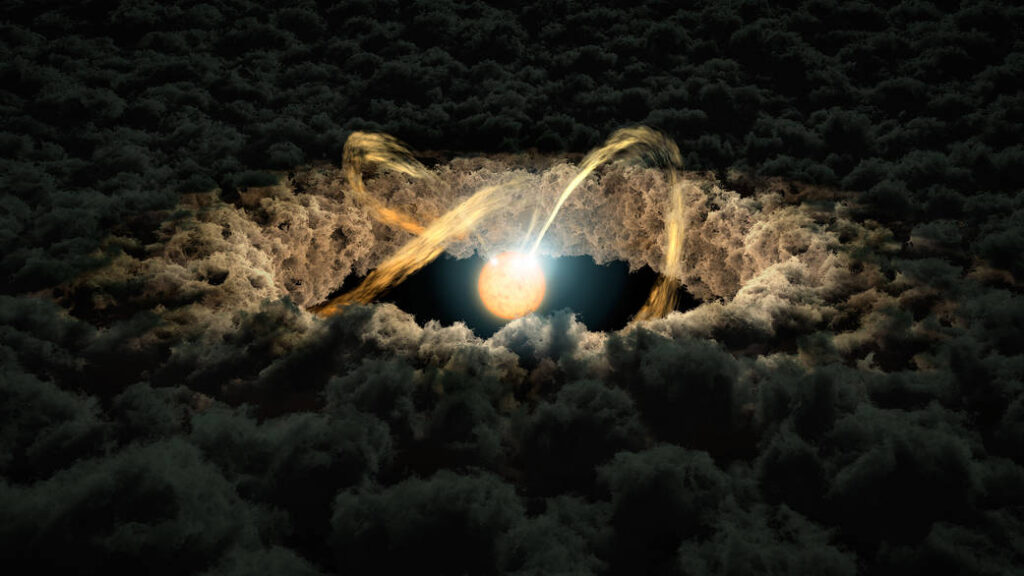
Further from the Sun, the disk was much cooler. Materials in these regions started to stick together under electromagnetic and gravitational forces, forming larger clumps called planetesimals. These planetesimals merged with other planetesimals, thereby growing in size and forming much larger bodies called protoplanets. Some protoplanets grew big enough to have their own gravitational field and shaped themselves into spheres.
I was one of the protoplanets, slowly taking shape and orbiting the Sun around 93 million miles. I was made of rocks and metals (higher metals are generated in the core of stars and distributed through the cosmos during the supernovae).
Origin of the Moon, Earth’s Crust, and Water
Around 4.5 billion years ago, a cataclysmic event happened. A protoplanet about the size of Mars collided violently with me. A significant part of me blasted off into space. Some of the materials fell back on my surface while some remained in the orbit around me and coalesced into a large body that became my lifelong companion, my only natural satellite – the Moon.
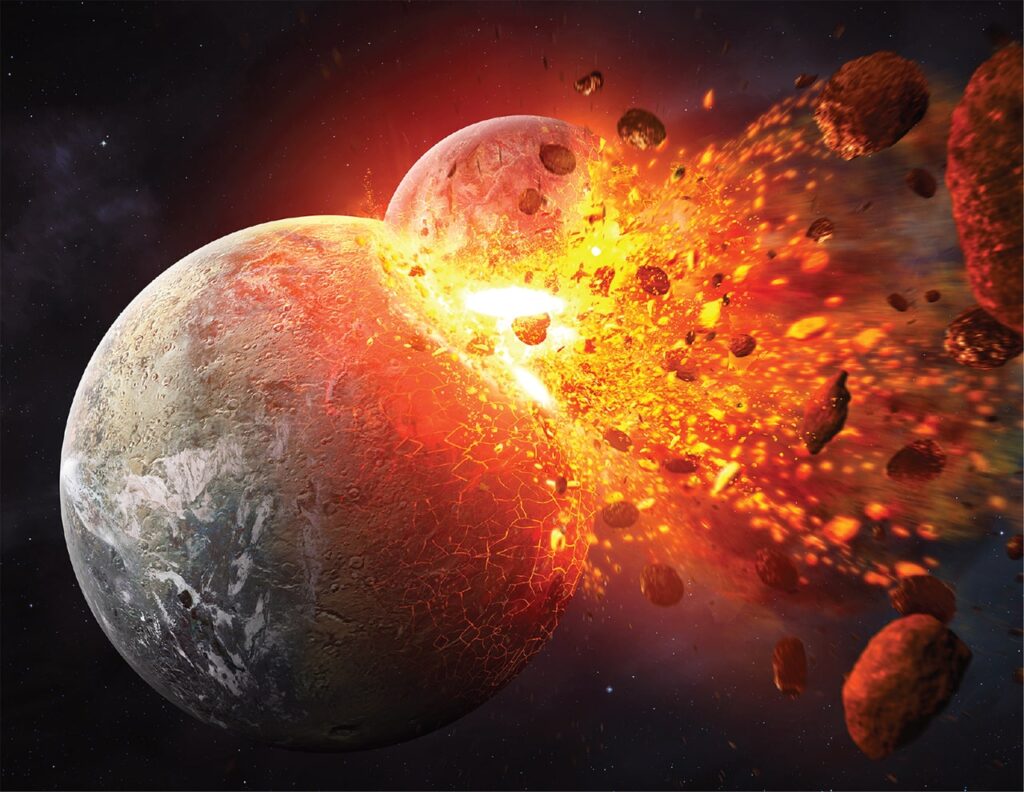
The impact had also a few silver linings– it tilted my axis about 23 degrees with respect to my plane of rotation, thus giving me wonderful seasons. I owe the blooming springs, warm summers, amber autumn, and numbing winter to that impact. Additionally, the impact melted my core and brought an ocean of magma over my surface.
A few million years later, the ocean cooled and solidified, forming my first crust. In a period known as the Archean Eon that lasted from 4 billion to 2.5 billion years ago, there were intense meteor impacts on my surface from the outer solar system. During this Late Heavy Bombardment, water and other organic molecules were brought to my surface, creating craters along the way. My crust was still unstable, continually getting altered by plate tectonics. My atmosphere constituted hydrogen, helium, methane, nitrogen, and carbon dioxide but no oxygen yet.
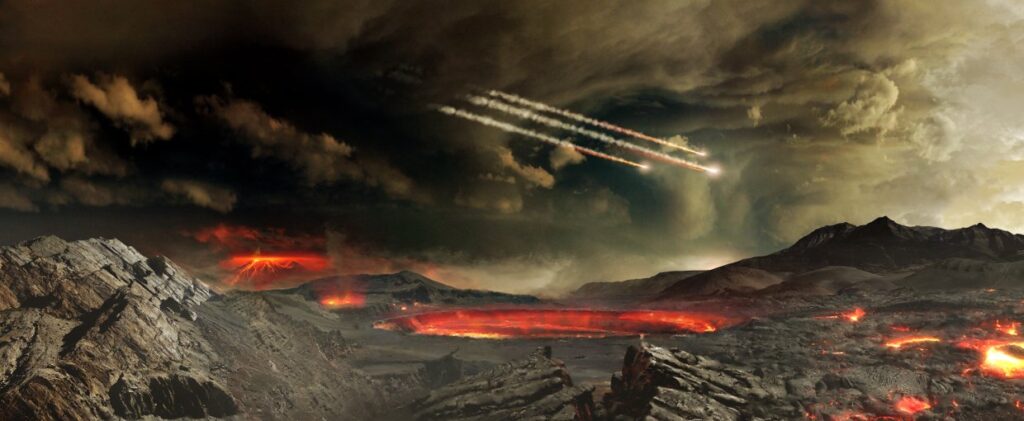
First Life on Earth, Prokaryotes, and Eukaryotes
Among these adversaries, something amazing happened – life emerged. It first originated in deep-sea hydrothermal vents as per a widely accepted theory. The fluid from seafloor cracks mixed with ocean water could have had a chemical reaction with the minerals in the hydrothermal vents, eventually creating self-replicating units called cells.
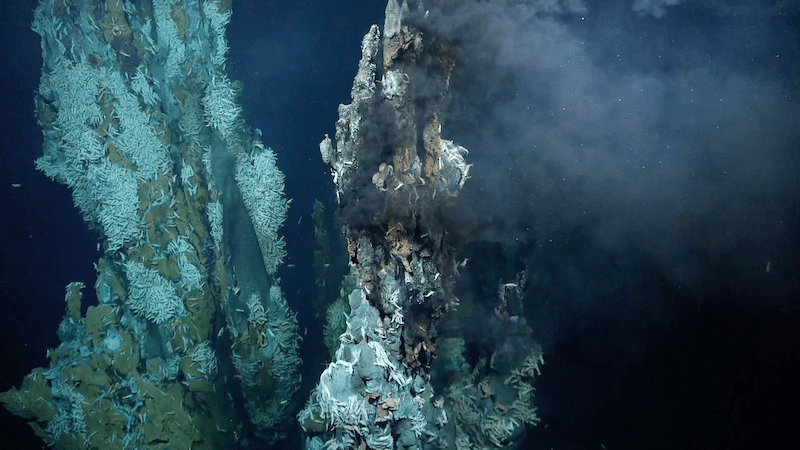
The first life form was single-celled. These organisms, known as prokaryotes, did not have a nucleus. Much strange and contrary to how most of life operates, these organisms could survive without oxygen – they were anaerobic. Also very peculiar, some of these prokaryotes could transform water and carbon dioxide into organic matter and oxygen by using solar energy.
The term ‘cyanobacteria’ was coined to describe these bluish-green prokaryotes. As they produced more and more oxygen, my atmosphere and oceans changed dramatically. The Great Oxygenation Event, or the Oxygen Crisis, happened about 2.4 billion years ago.

Many prokaryotes died because oxygen was toxic for them, and some retreated to places where oxygen was scarce. Oxygen also reacted with methane, reducing its greenhouse effect and causing a global cooling leading to several ice ages.
But I did not lose hope. My story did not come to an end. Oxygen opened new doors of possibilities for life. Some prokaryotes adapted to this change and started making use of oxygen to break down organic matter and release more energy, a process called cellular respiration. Others innovated in different ways – some engulfed smaller cells and turned them into chloroplasts enabling them to perform photosynthesis themselves, while a few others subsumed aerobic bacteria and turned them into mitochondria, enabling them to do cellular respiration more efficiently.
During the Proterozoic Eon about 2 billion years ago, these cells, also known as eukaryotes, became more diverse than prokaryotes. They reacted with other cells and formed multicellular organisms in the process. The first multicellular eukaryotes were algae, colonizing my lakes and seas around 1.5 billion years ago. It was followed by fungi – decomposing organic matter on my land around 1 billion years ago.
The Cambrian Explosion, Reptiles, Mammals, and Homo-Sapiens
A few millions years later, animals diversified rapidly in an event called the Cambrian Explosion. It took place around 550 million years ago. This event triggered the emergence of invertebrates, fish, plants, and insects, marking a major turning point in the evolution of life. The Age of Reptiles, which lasted from 250 million to 65 million years ago, was characterized by the existence of the supercontinent Pangea. It eventually disintegrated into the major seven continents as you know them today.

Dinosaurs were the prominent creatures walking on my surface along with birds that roamed my skies. However, an impact by a massive asteroid led to a global extinction that wiped out these magnificent creatures off my bosom.
The Age of Mammals and flowering plants, or the Cenozoic Era, followed soon after. It began about 65.5 million years ago, from the extinction of dinosaurs, and continues to the present. Gradually, primates, apes, and eventually Homo Sapiens, the species to which you belong, emerged. Human civilization began to prosper with the development of agriculture and habitats.
Civilizations on Earth and Breakthroughs in and Science & Technology
How can I forget the contributions of the civilizations such as the Greeks, Romans, Egyptians, Indian, and Mayan? From hieroglyphics, philosophy, architecture, irrigation, sculpture, and painting, to mathematics and other sciences, these civilizations have paved the way for humankind to prosper and progress. With their collective wisdom, human culture and knowledge have had immense growth and advancement.
A remarkable event known by the world as ‘The Industrial Revolution’, which started in the late 18th century, had a significant impact on the subsequent events. Ground-breaking advances in science and technology throughout this period altered the way you live today.

But along with economic growth and opportunities, it also brought significant downsides, from environmental damage to unhealthy living conditions of the workers and their families including the child labor, one which I am deeply ashamed of. Sadly, these things continue even today in some parts of the world.

With the advent of “The Space Race” that began in the 1950s, numerous technological advancements were made. NASA’s development of digital image processing of the Moon contributed to MRIs and CT scans which were revolutionary innovations in the medical field. It also opened the door for an enhanced cooperation among nations and inspired a renewed interest in protecting my environment.
Modern Earth – Global Economy, Pollution, Climate Change
The creation of new machinery and other inventions did improve the quality of life for many people but also had immense environmental impacts. Unwavering resource consumption, wealth inequality, global pollution, conflicts, greed, and wars have led to significant changes in my ecosystems.
As I speak, I am about 1.1°C warmer than I was in the 1800s. My global surface temperature has increased faster since 1970 than in any 50 years over the last 2000 years of my life. The greenhouse gas concentrations are at their highest levels in the last 2 million years.
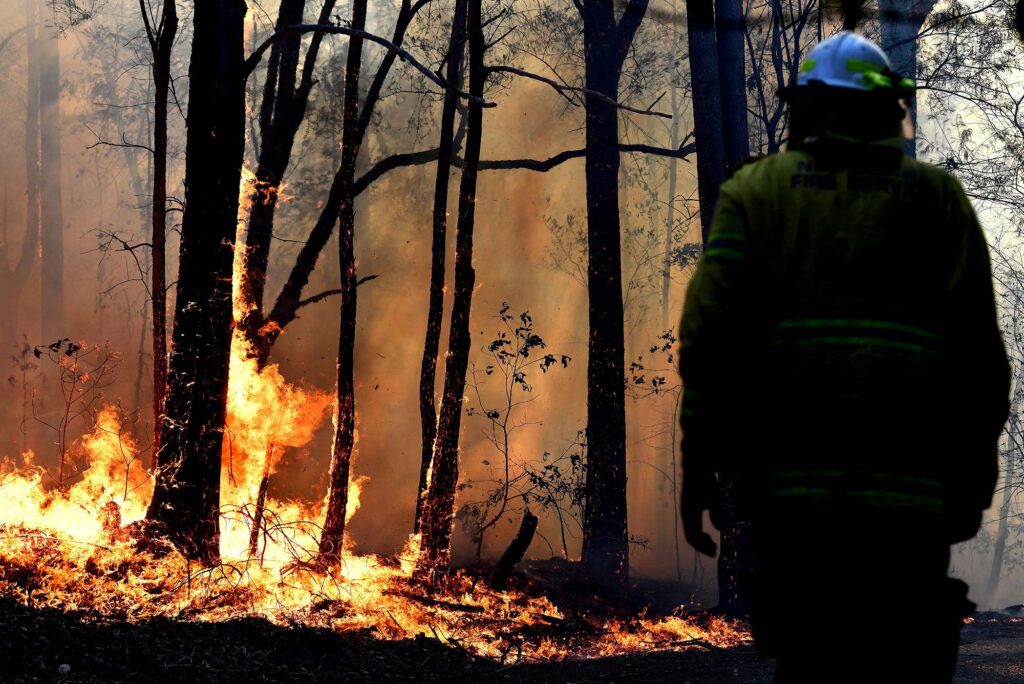
My ice sheets and glaciers are continually receding. If ice in the regions of Greenland and Antarctica were to melt all at once, the sea levels would rise by around 215 feet. Despite how much I try, I would not be able to control my oceans submerging many of your coastal lands and cities completely. They have already absorbed more than 90% of the excess heat in my ecosystem, and in turn, they have become more acidic.

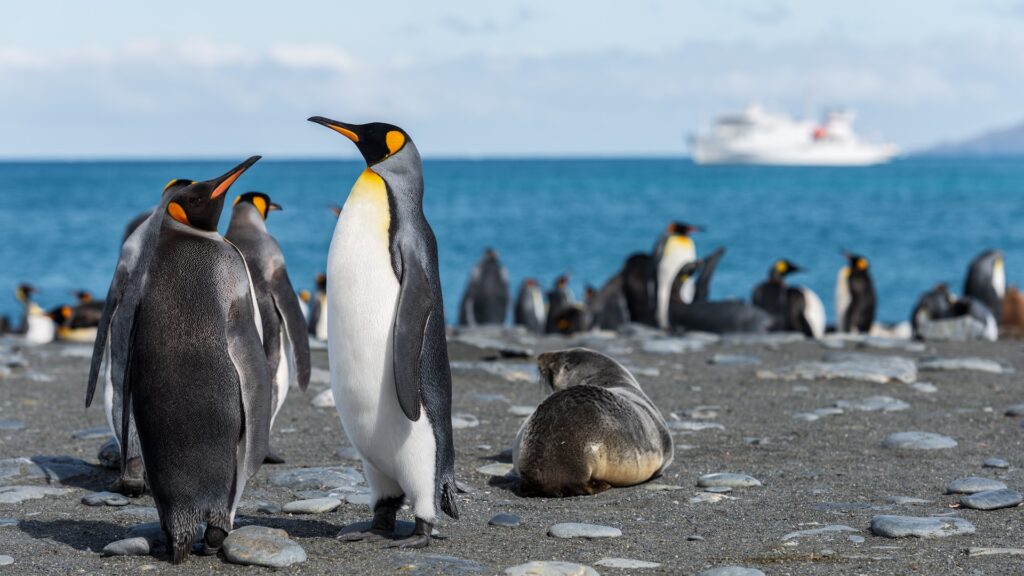
Due to many unnatural practices, my marine resources that feed 3.2 billion of you are constantly being threatened. My coral reefs alone serve up to a billion people with coastal protection, fisheries, and various medicines. With continuous rise in temperature, mass coral bleaching events and infectious disease outbreaks are becoming more frequent.
Plastic trash intensifies disease for coral. When corals get in contact with plastic debris, the chance of disease increases from 4% to 89%. Once coral dies, it doesn’t regenerate. With impacts being both immediate and long-term, my coral reefs have become vulnerable and are slowly dying.
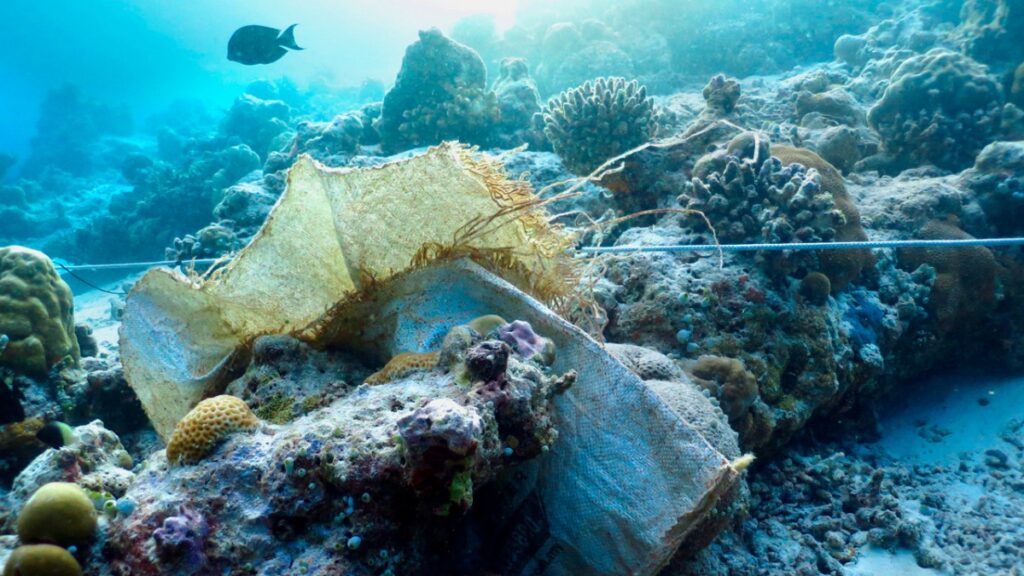
Approximately 2 billion members of your species do not currently have access to clean drinking water, and freshwater accounts for only 0.5% of my total water supply. Climate change is negatively harming the availability of usable water.

Despite everything, I am still going on and have not lost the battle yet. My sons and daughters are attempting to regain my health through programs like wildlife conservation, renewable energy, sustainability through modern technologies, marine and other biodiversity conservation, and sustainable agricultural practices, to name a few.
My Thoughts & An Appeal to My Children
As I reflect on my terrestrial history, thoughts of resilience and adaptability of life on my surface spring up. I, at times, feel extremely proud that despite all the hardships and obstacles, life has persisted and thrived, and that matters more than anything else.
The time has come for you to look beyond the close-range mist of greed, negligence, and indifferences, and to rise above avariciousness. I implore you to unveil the truth around you – it has always been hiding in the plain sight of your hazy eyes. Do look upon your fellow creatures, whether they walk on two legs or four, swim in my mighty oceans, or soar through my never-ending skies. They are my sons and daughters too, just as you are, intricately woven into the tapestry of life.
Always remember that your choices ripple through the very fabric of existence. Every act of kindness towards me, every decision to protect and restore me, and every action of compassion towards your fellow beings, will reverberate through generations yet to come.

Let your story be told as a testament to your ingenuity and love for all life. Let the songs of Earth travel to the farthest distance in the Universe, reminding any intelligent life anywhere to heap praises on your heroic deeds. Let them say in unison that there was once a special planet called Earth, and there was a species – humans, equally special and resilient.
“Those who contemplate the beauty of the earth find reserves of strength that will endure as long as life lasts.”
― Rachel Carson, The Sense of Wonder
Notes:
- Climate Action Fast Facts
https://www.un.org/en/climatechange/science/key-findings - How does climate change affect coral reefs?
https://oceanservice.noaa.gov/facts/coralreef-climate.html - The Anatomy of Glacial Ice Loss
https://climate.nasa.gov/news/3038/the-anatomy-of-glacial-ice-loss/

Subscribe to Primitive Proton Newsletter
Sign up to keep up to date with the latest news and curated blogs in the world of space, science, and technology.
Your email is never shared with anyone. You can opt out anytime with a simple click!
WE PRIORITISE PRIVACY.
